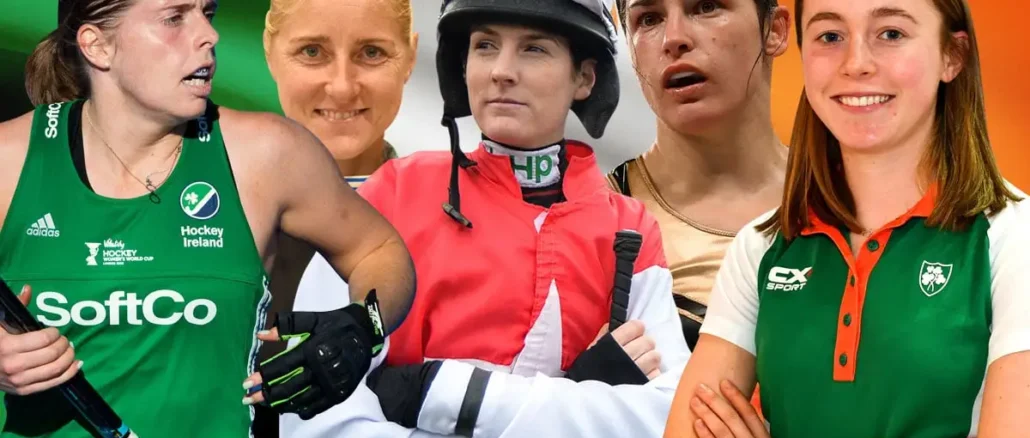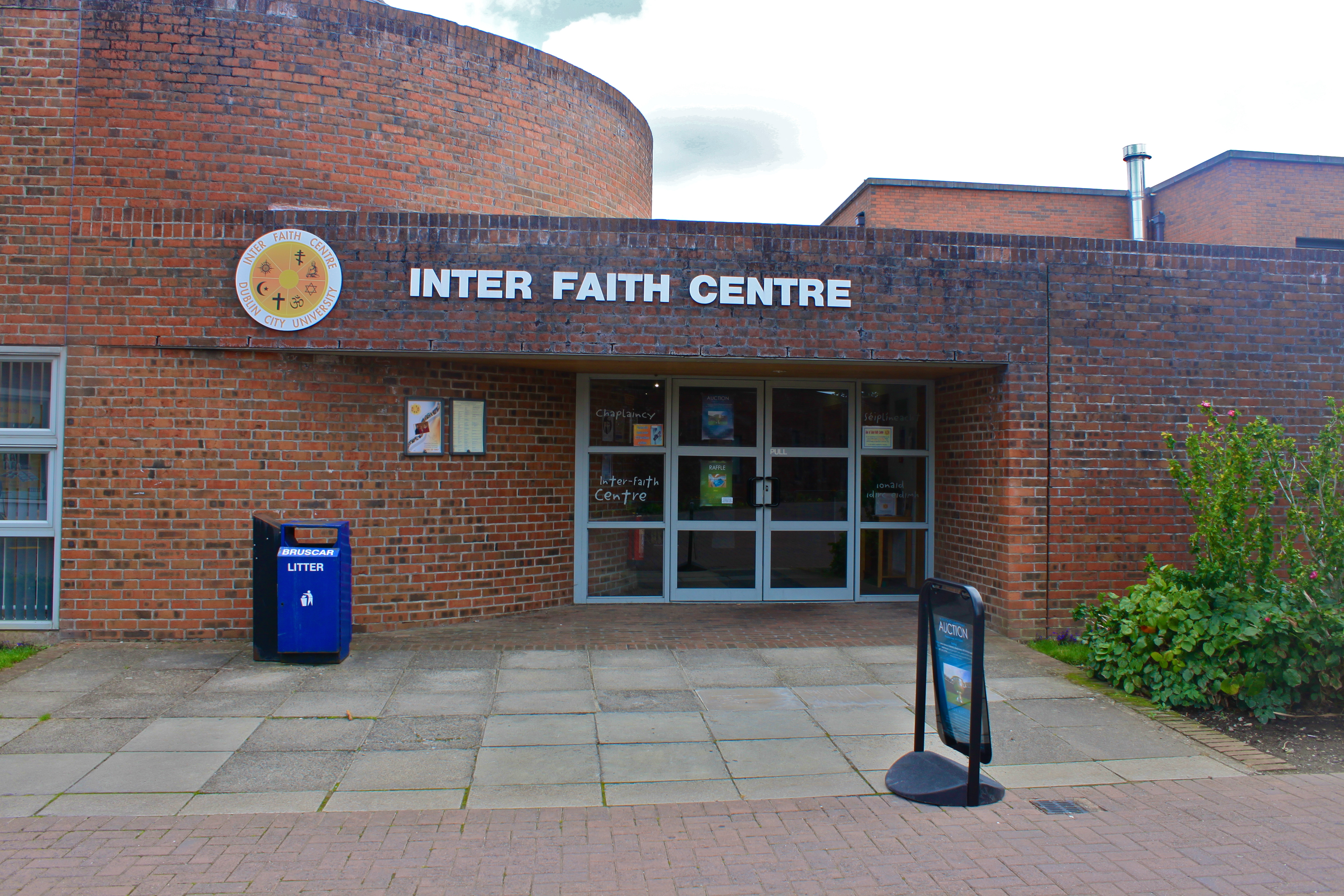
9% of Irish people have never attended a women’s sports event. While sports are a strong tool for empowering women, the professional opportunities are few and far-between for female athletes compared to their male counterparts.
The budget set for women’s sports in Ireland for 2024 was €4 million. The average female player gets a take-home grant of €945 while the average male receives €1,490.
The problem in women’s sports, however, lies deeper than the inequality in funding. The issue starts in childhood, when girls are socialised to quit sports; by age fourteen, they’re twice as likely to do so than boys.
Elite coach-manager Lisa Fallon shared the difficulties she encountered growing up as a girl who liked sports: “I actually wished I had been a boy. I loved football so much and I didn’t see how it was possible [as a girl]”.
She is far from the first or last to experience this social barrier.
At every level, women are the minority in sports. Across the board, we see considerably less support, sponsorships, media coverage and representation for women in sports than their male counterparts; sportswomen are both undervalued and undermined in comparison.
46% of Irish people agree that men’s sports are better to watch. But why? For decades, the demand for male sporting events has outweighed female demand. A higher demand equals more production which makes more funding needed.
Countries like Sweden have recognized this imbalance and implemented successful policies to counteract it.
The country’s public broadcasting company implemented a policy to broadcast 50% mens and womens sports respectively. In 2019, it was reported that they had successfully met their goal. Following this, 84% of general sports fans noted interest in women’s sport, one of the highest rates in the world.
So, why not implement this policy in every country? Despite progress made, we still face challenges with equal pay, visibility, accountability, training and discrimination. In Ireland, 95% of football coaches and 91% of referees are men. Sport Ireland Facilities DAC has a gender pay gap of 8% and more than half of its staff is male.
In general, women are not believed nor given the chance to ever hold the same status in the sporting world as men.
Her Sport is the leading organisation in Ireland dedicated solely to women’s sports. Its members believe to solve these issues, we should follow in the footsteps of the countries that have successfully implemented policies to allow sporting equality. Her Sport hopes that “Ireland can become a leading nation in the world for equality across all sports media.”



